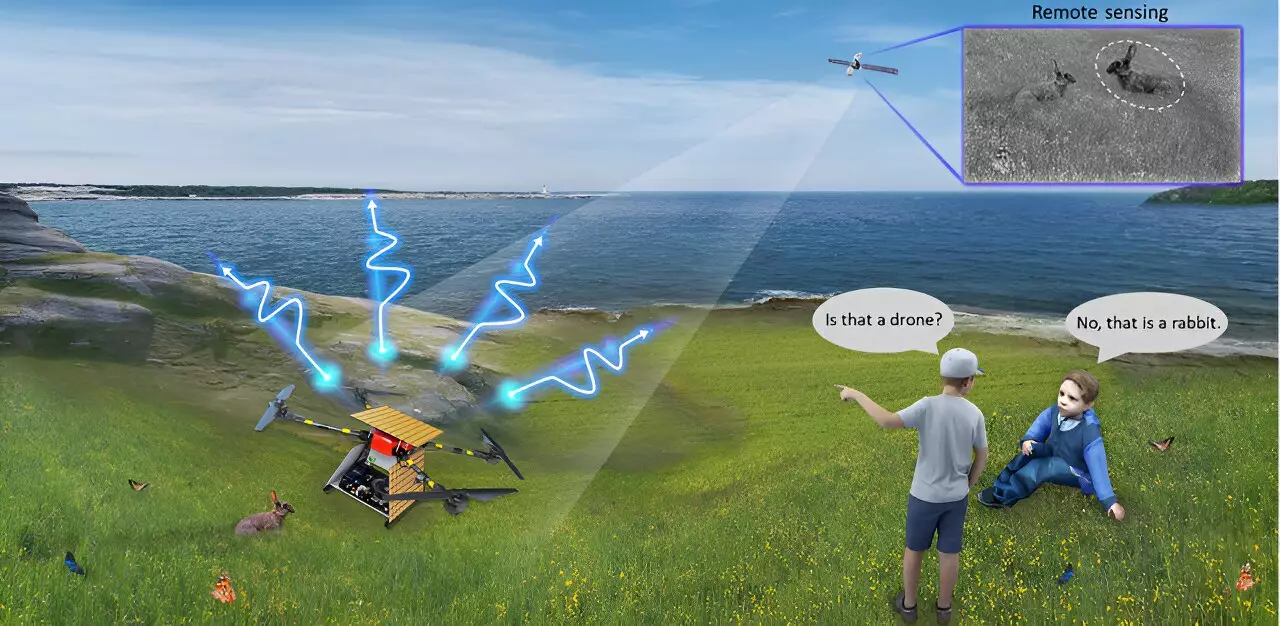The concept of invisibility has always been a fascinating subject, from ancient myths to modern science fiction. The idea of objects disappearing seamlessly in real-world scenarios has been a long-standing goal for researchers across the globe. Recently, a team of researchers from Zhejiang University has made significant strides in this direction by developing an intelligent aero amphibious invisibility cloak.
Achieving true invisibility in dynamic environments poses several challenges. From the complexity of tunable metasurfaces to the absence of intelligent algorithms, researchers have faced obstacles at every turn. The need to manipulate electromagnetic scattering in real-time against ever-changing landscapes has been a formidable challenge that has stumped scientists for decades.
To address these challenges head-on, the team at Zhejiang University unveiled a groundbreaking innovation – a self-driving, cloaked unmanned drone. By integrating perception, decision-making, and execution functionalities, this drone is able to maintain invisibility across sea, land, and air seamlessly. The key to this technology lies in spatiotemporal modulation on reconfigurable metasurfaces, allowing for customization of scattering fields across space and frequency domains.
To power this innovation, the researchers proposed a generation-elimination neural network, also known as stochastic-evolution learning. This network globally guides the spatiotemporal metasurfaces, automatically seeking optimal solutions through maximum probabilistic inference. By addressing the one-to-many issues inherent in inverse design, this neural network plays a crucial role in achieving adaptive invisibility across various landscapes.
The integration of spatiotemporal metasurfaces, deep learning, and advanced control systems has extended the realm of invisibility cloaks to aerial platforms. This innovative approach allows for the seamless interaction between waves and metasurfaces, paving the way for a new era in inverse design. The breakthrough not only offers immediate applications in aero amphibious technology but also serves as a catalyst for future research in materials discovery and the development of adaptive meta devices.
As research in invisibility technology continues to evolve, there is potential for further advancements to address current limitations. By tackling issues such as bandwidth constraints and challenges related to full polarization, researchers can continue to push the boundaries of what is possible with invisibility cloaks. The future holds endless possibilities for the integration of adaptive meta devices into various fields, opening up new avenues for exploration and discovery.


Leave a Reply